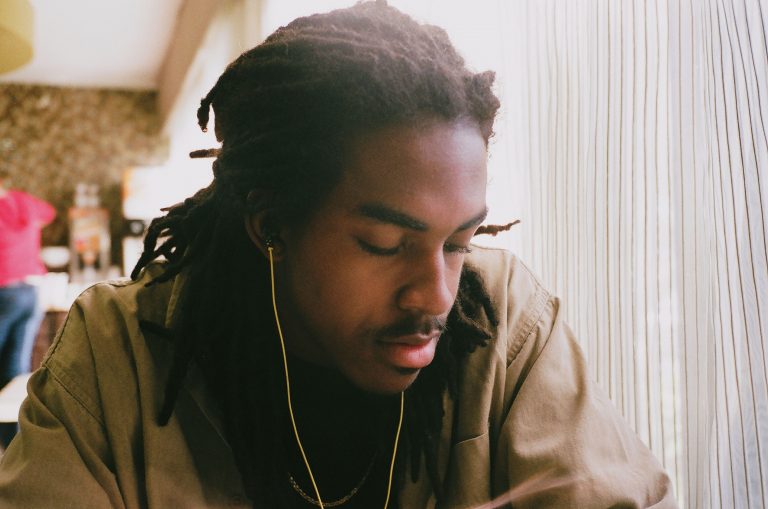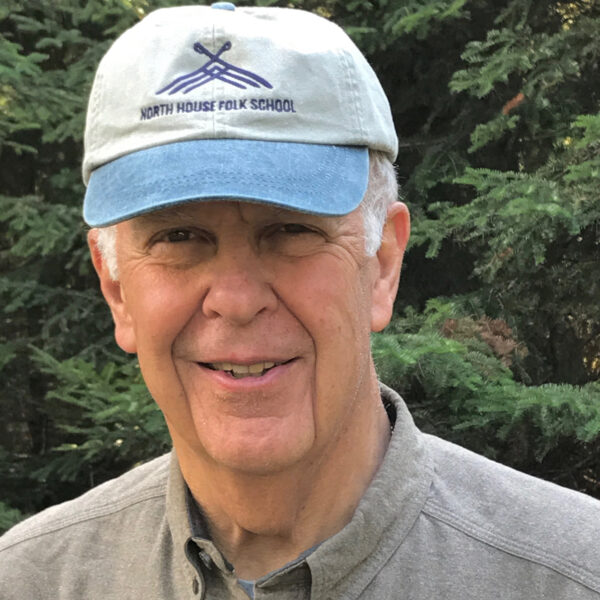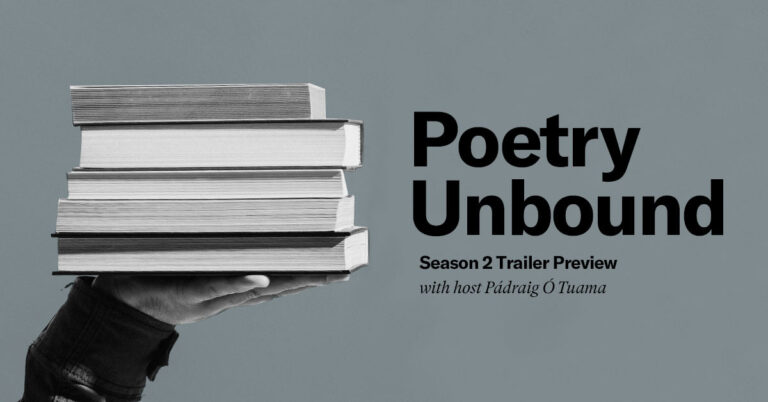
Image by Amir Aziz/Flickr, Some Rights Reserved.
Seeking Sanctuary in Our Own Sacred Spaces
When I was a kid, “sanctuary” meant only one thing. It was the big room with the stained glass windows and hard wooden benches where my family worshipped every Sunday. Church attendance was not optional for my sisters and me, so that sanctuary was where I learned to pray — pray that the service would end and God would release me back into the wild. I also learned that not all prayers are answered, no matter how ardent.
Today, after 77 years of life in a world that’s both astonishingly beautiful and horrifically cruel, “sanctuary” is as vital as breathing to me. Sometimes I find it in churches, monasteries, and other sites designated as sacred. But more often I find it in places sacred to my soul: in the natural world, in the company of a trustworthy friend, in solitary or shared silence, in the ambience of a good poem or good music.
Sanctuary is wherever I find safe space to regain my bearings, reclaim my soul, heal my wounds, and return to the world as a wounded healer. It’s not merely about finding shelter from the storm: it’s about spiritual survival. Today, seeking sanctuary is no more optional for me than church attendance was as a child.
We live in a culture of violence. Even if we’re not at daily risk of physical injury or death, as are so many in the gun-obsessed U.S., our culture relentlessly assaults our souls with noise, frenzy, consumerism, tribalism, homophobia, racism, and more. It’s common to become desensitized to these assaults. We “normalize” them in order to get on with our daily lives, disregarding our need for sanctuary as we do. But at times something happens that makes us hypersensitive to all that threatens our souls.
Three deep dives into clinical depression were such “somethings” for me. For long months, I lived in closed rooms with the shades pulled down. When a friend insisted that I get outside more, I said,
“I can’t. The world feels like it’s full of knives.”
In my fragile mental state, casual encounters felt perilous, and reading the news of the day made me feel utterly unfit for life in this world.
Depression made me exaggerate life’s dangers and underestimate my own resilience, of course. But recalling the bad old days when my world was “full of knives” reminds me that it’s easy to die the death of a thousand cultural cuts without even knowing we’re bleeding.
People have different ways of dealing with cultural violence. Some turn to escapism by, for example, embracing world-rejecting religious or political beliefs. But this can easily lead to deepening isolation, a siege mentality, and paranoia about how “those people” or “the government” are trying to control us and destroy our way of life. There’s a lot of that going around these days.
Others jump into the mosh pit, seeking wealth or power or notoriety, contributing to the world’s violence as they do. There’s a lot of that going around as well, despite endless warnings like the one Wordsworth famously issued two hundred years ago:
“The world is too much with us; late and soon,
Getting and spending, we lay waste our powers:
Little we see in Nature that is ours;We have given our hearts away, a sordid boon!”
Others try to call our culture back to sanity and make the world a better place. But even they can get caught up in the violence of the very culture they want to change: we not only live in it, it lives in us. To quote Thomas Merton,
“There is a pervasive form of modern violence to which the idealist…most easily succumbs: activism and overwork. The rush and pressure of modern life are a form, perhaps the most common form, of its innate violence.”
To allow oneself to be carried away by a multitude of conflicting concerns, to surrender to too many demands, to commit oneself to too many projects, to want to help everyone in everything is to succumb to violence.
The frenzy of the activist neutralizes his (or her) work… It destroys the fruitfulness of his (or her)…work, because it kills the root of inner wisdom which makes work fruitful.
Merton puts his finger on our deepest need: to protect and nurture the “root of inner wisdom” that makes work and life itself fruitful. Fed by the taproot some call the soul, we need neither to flee from the world, nor exploit it. Instead, we can love the world with all of its (and our) flaws by trying to live in a way that models life’s finest possibilities.
That kind of love is possible, I believe, only if we know when and where to seek sanctuary, reclaiming our souls in order to engage the world in life-giving ways. When service emerges from whatever kind of sanctuary nurtures the root of one’s inner wisdom, it’s much less likely to be distorted by the violence of activism and overwork. Once we understand that, we are moving toward the heart of nonviolence — the only way of being that has a chance to transcend and transform the violence of our culture.
I was reminded of this fact in March of 2011, when I went on the annual three-day Congressional Civil Rights Pilgrimage led by Rep. John Lewis. On the first day, we visited movement sites in Birmingham, Alabama; on the second day, in Montgomery; and on the third day — the 46th anniversary of “Bloody Sunday” — we marched across Selma’s Edmund Pettus Bridge with John Lewis once again in the lead, as he had been in 1965 at age 25.
During our three-day pilgrimage, two things struck me about the history we were revisiting. The first was the fact that so many young people were so well schooled in the disciplines of nonviolence that they were able to sustain ferocious attacks from sworn “public safety” officials without striking back. By refusing to succumb to the violence of our culture, they transformed a movement that might have become armed warfare into a moral witness that altered the lay and the law of the land.
The second was the fact that most of the Civil Rights sites we visited were sanctuaries like the one I sat in as a restless kid — sanctuaries in which generations of African Americans planted the seeds of the movement that flowered in the mid-20th century. I was especially moved by Brown Chapel AME Church in Selma. That’s where peaceful protestors prepared for the first march across the Edmund Pettus Bridge, and in which they sought refuge after being bloodied and broken on the other side.
As a person who aspires to live nonviolently — knowing I will forever fall short — I know I need sanctuary if I want loosen the grip of our culture’s violence on me. I also know that there are many Brown Chapels. The one I need may not be in a church, but in the silence, in the woods, in a friendship, in a poem, or in a song.
A year ago, I was talking about these things with my friend and colleague Carrie Newcomer. A few weeks later, Carrie sent me a sound file of a song called “Sanctuary” she’d written in the wake of our conversation.
That song has just come out on Carrie’s new album, The Beautiful Not Yet, and I’m grateful to be able to share it here for the first time online.
The song has already become a place of sanctuary for me. May it serve you that way as well.

